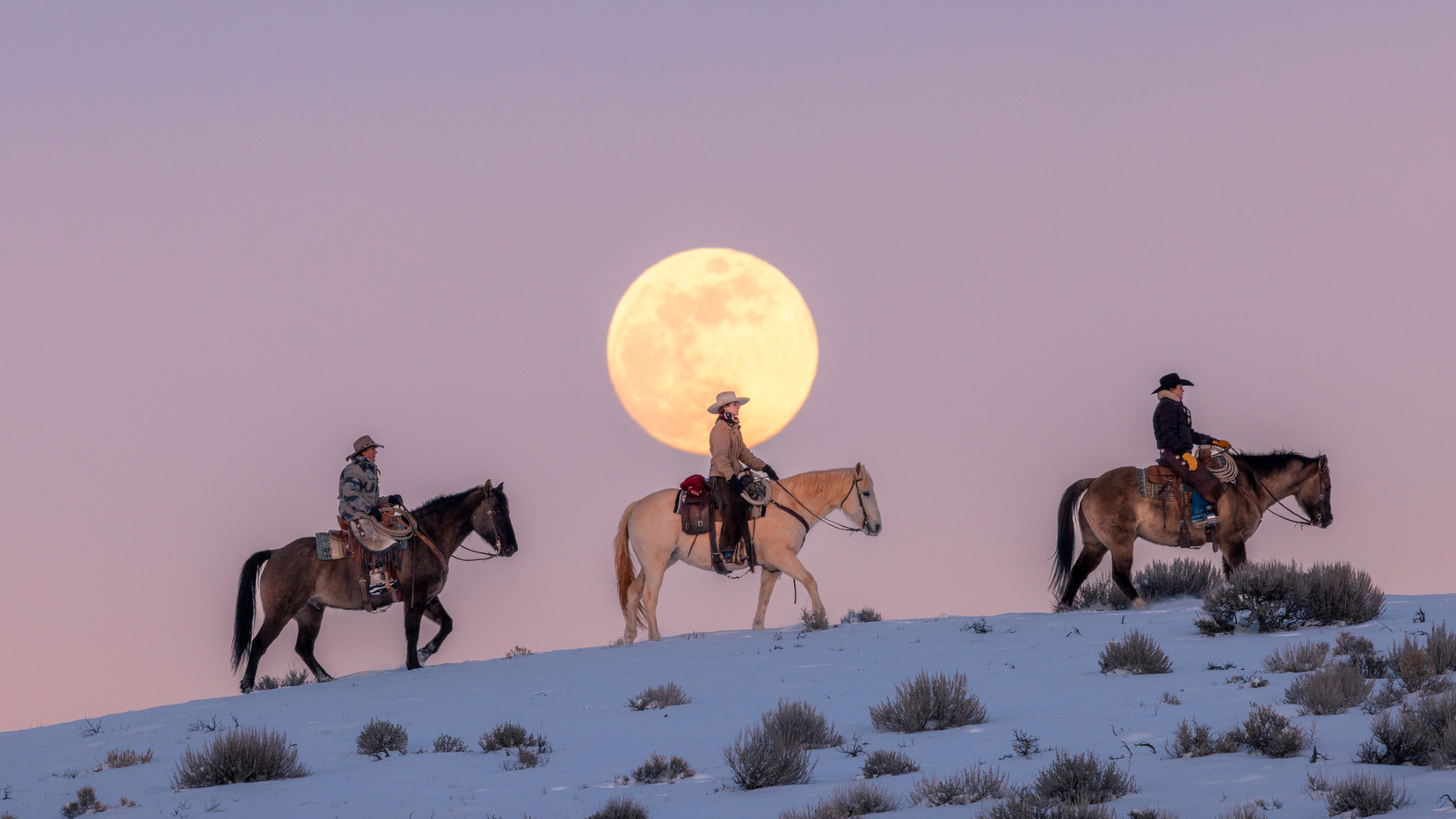Citizen scientists bring intriguing 'hot Jupiter' exoplanet into sharp focus
It’s just about 330 light-years away from us.

Yet another distant world has come to sharper focus thanks to the collective scientific muscle of citizen scientists.
A large team led by Federico Noguer of the Arizona State University announced it has measured the most precise specifics yet of WASP-77 Ab, a "hot Jupiter" exoplanet that orbits blisteringly close to its star roughly 330 light-years from Earth. The updated parameters are so clear they should enable predictions of when the planet will cross the face of its star, a phenomenon known as transit that is crucial to catalog the planet's atmosphere, among other traits.
Scientists say the accurate forecasts of future transits are also crucial for planning observations onboard space-based telescopes — this is key because it is almost always highly competitive to reserve time on these instruments.
"As a retired dentist and now citizen scientist for Exoplanet Watch, research opportunities like this give me a way to learn and contribute to this amazingly exciting field of astrophysics," study co-author Anthony Norris said in a recent news release.
Related: Exoplanet with weird orbit is transforming into a hot Jupiter before our eyes
WASP-77 Ab was originally discovered in 2012 as a billion-year-old gas giant circling the sun-like star WASP-77 every 1.4 days, and it has been observed numerous times since. Scientists are puzzled by how Jupiter-like planets like WASP-77 Ab form and evolve to orbit so close to their stars. Previous observations of metals wafting in the planet's atmosphere, which offer a glimpse into its formation, suggested the world may have coalesced further away from its star and migrated to its current orbit due to hitherto unknown forces.
In the new study, more than 40 citizen scientists from Exoplanet Watch and ExoClock collaborated to combine over 100 archival observations of the WASP-77 Ab scattered across various databases, including by NASA's Spitzer, Hubble, and James Webb Space Telescopes. The team whittled down WASP-77 Ab's mass to 1.6 times that of Jupiter and orbital cadence to about 1.36 days, reducing previous uncertainties by factors of 15.1 and 10.9, respectively.
Breaking space news, the latest updates on rocket launches, skywatching events and more!
The difference may seem small, but it helps save precious time onboard highly competitive telescopes, scientists say. Previous uncertainties of WASP-77 Ab's mid-transit time — when a planet is in the middle of crossing the face of its star and blocks the most light — meant scientists needed to factor in buffer time for telescopes (before and after the predicted mid-transit times) to ensure the entire transit can be recorded.
But, again, such space-based telescopes are almost always pressed for time, so the new parameters, including best-yet mid-transit times, will help reduce the buffer time so that "these highly competitive space-based telescopes are utilized as efficiently as possible to maximize their science output by helping to reduce overheads," the researchers write in their new study, which was published in July in the journal Publications of the Astronomical Society of the Pacific.

Sharmila Kuthunur is an independent space journalist based in Bengaluru, India. Her work has also appeared in Scientific American, Science, Astronomy and Live Science, among other publications. She holds a master's degree in journalism from Northeastern University in Boston.
